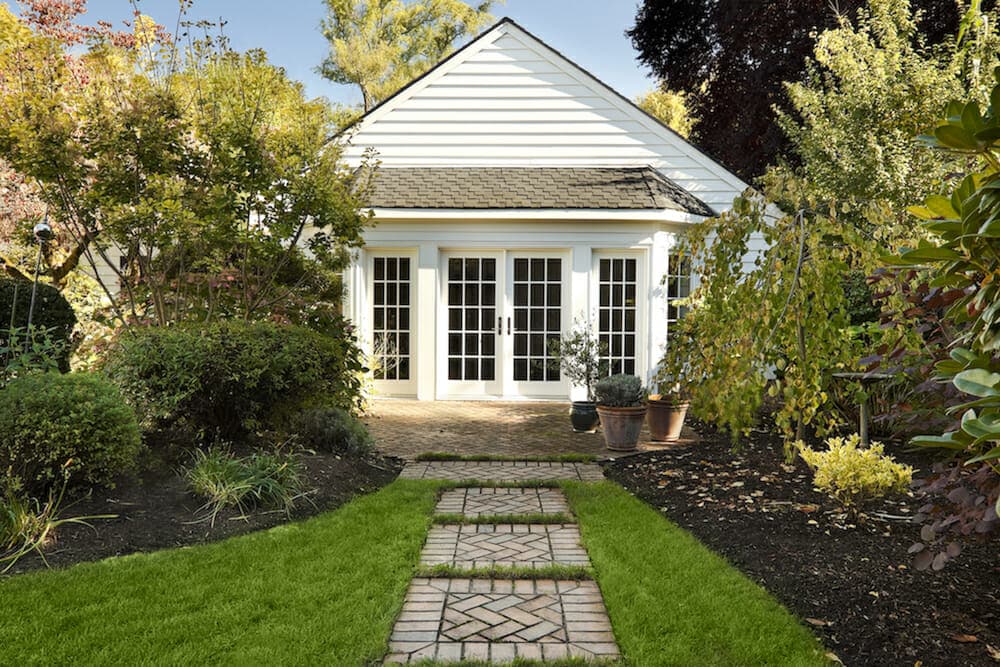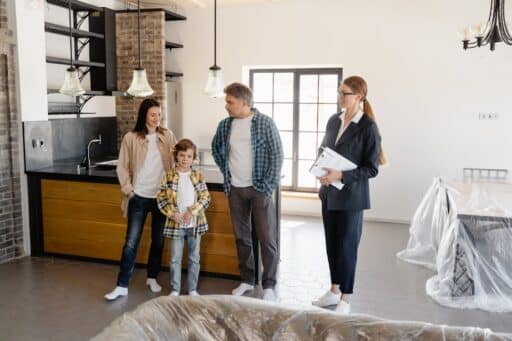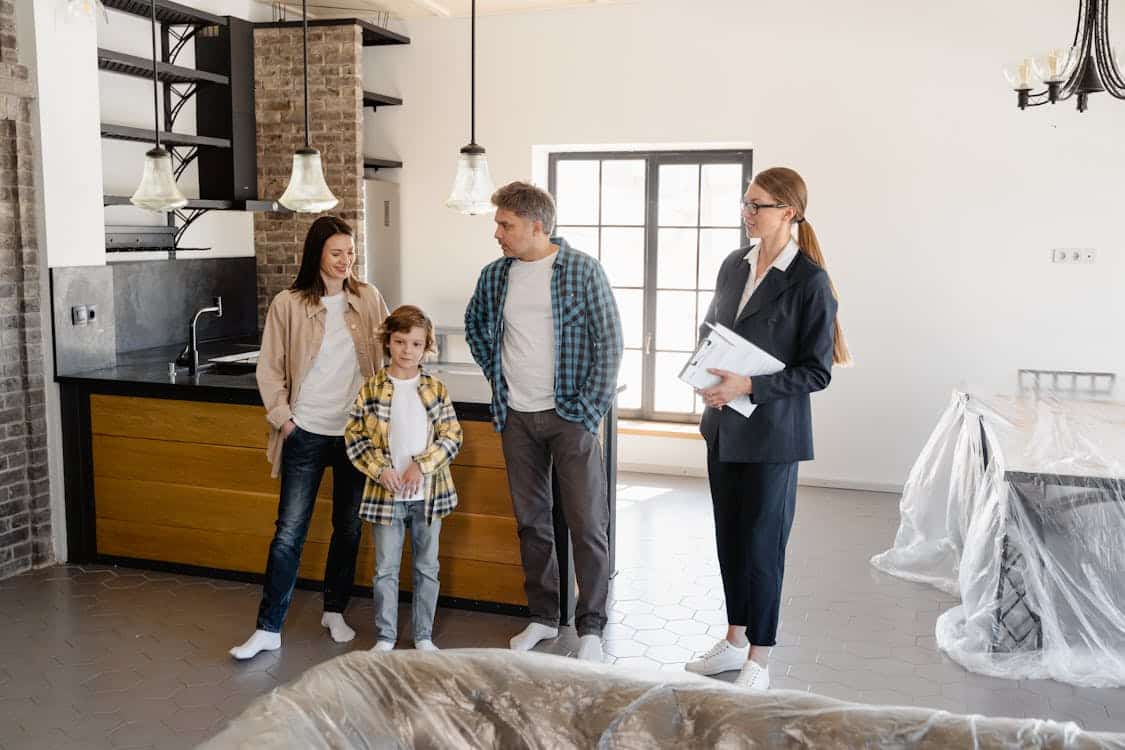Most people aren’t living out the old “buy once, stay forever” dream anymore. Jobs change, families grow, and sometimes life just throws in a plot twist (or two). That’s why flexibility in housing is essential now. Whether you’re renting, owning, or somewhere in between, the more wiggle room you’ve got, the better.
In places where housing costs bounce up and down or renovation plans run late (read: everywhere), it helps to have backup options, temporary setups, or creative ways to get from point A to point B. And if you happen to love rearranging your furniture every few months, hey, that’s a bonus.
Managing Unpredictable Timelines
You found the perfect new place. Great, but it’s too bad it’s not ready for another three weeks, and your lease probably ends now. Or maybe your contractor “just needs one more month,” and you’re out of ways to camp in your living room. That’s when the idea of storing your stuff and living light for a bit starts to sound surprisingly smart. If you’ve got fragile or expensive interior design items, it’s probably not a good idea to shift them yourself.
That’s where services like designer moving & storage really come in handy. They’ll pick up your things, treat them like treasures (because that vintage lamp and fancy blender totally are), and keep them safe while you figure out your next step. You don’t have to panic-pack or make your friend’s garage into a furniture maze. You just get a little breathing room.
Keeping Options Open in Shifting Markets
One week, it’s a seller’s market; the next week, your dream home has ten offers and a bidding war. The housing market doesn’t come with a pause button, and trying to time it perfectly is like trying to predict the weather three months from now. So, more people are keeping their options open instead of locking themselves into big commitments. For those still eager to buy, understanding key bidding war strategies for homebuyers can make a huge difference in staying competitive without overcommitting.
That might look like signing a shorter lease, holding off on buying, or renting out the basement just in case. It’s all about staying light on your feet because flexibility lets you wait out a weird market without making panicked decisions you’ll regret later (like buying a house next to a construction zone you didn’t notice because you were too focused on the open floor plan).
Making Room for Temporary Stays
Sometimes, your house just isn’t livable for a bit. Maybe it’s being remodeled, maybe the dishwasher flooded your kitchen, or maybe you just need to leave for a few weeks while the hardwood floors cure. Whatever the reason, a temporary stay can save your sanity.
People are starting to plan for this kind of thing instead of scrambling when it happens. They might book a short-term rental nearby, keep a friend’s guest room on standby, or even stay in their backyard if they’ve got a camper or ADU. In no way does this mean running away but making things work while your main home gets back to being home.
Testing Out New Areas
You think you love that new neighborhood—cute cafés, quiet streets, and it seems walkable. But committing without spending some actual time there? Risky. That’s why more folks are taking test runs before jumping into a new zip code. A short lease or month-to-month rental gives you time to get the real feel of a place.
You’ll find out if your “charming street” turns into a racetrack every morning or if the five-minute walk to groceries is actually a 15-minute uphill hike.
Using ADUs or Extra Spaces Wisely

Do you have a garage, shed, or random bonus room that’s doing nothing but collecting dust and holiday decor? It’s time to think bigger. More people are turning extra spaces into places for guests, in-laws, or even a little side income. Accessory dwelling units (ADUs), backyard cottages, or finished basements can turn a regular home into a super flexible setup.
Whether you’re hosting a cousin for the summer or renting it out on weekends, these extra areas give you breathing room—financially and otherwise. Besides, it’s nice to have somewhere your in-laws can stay that’s not on your couch. You get privacy, they get comfort, and everybody wins.
Preparing for Caregiving Roles
Life changes quickly, and sometimes, that means welcoming someone else into your space. Whether it’s an aging parent, a sibling going through a rough patch, or a college grad moving back in, having a house that can shift with your needs makes a big difference. Nobody wants to be scrambling to rework their whole setup overnight.
Instead of waiting until it’s urgent, people are planning to make space with accessible bathrooms, extra bedrooms, or flexible layouts that could work for multigenerational living. It’s not always glamorous, but it’s practical. And in the future, you will definitely thank yourself for thinking ahead.
Leaving Room for Seasonal Living
Sometimes, you want the option to bounce between places. Maybe you like winters somewhere warm and summers somewhere cooler. Or maybe you’ve just realized you don’t want to be tied to one zip code year-round. Seasonal living is becoming more common, and people are adjusting their housing choices to match.
This might mean downsizing the main home, renting out one space while staying in another, or picking flexible homes that don’t require constant upkeep. It’s about building a setup that supports movement instead of limiting it.
Creating Space for Personal Work or Projects
The guest bedroom that never gets used? It’s being turned into a home office, a painting studio, or a place to pack online orders. More people are running side projects, starting small businesses, or freelancing from home—and that requires space that actually works for them. No more laptops at the kitchen table unless you want that chaos.
Housing flexibility now includes room for creative work, quiet calls, or even just a hobby that needs a little elbow room. Whether it’s sewing, streaming, or starting a candle brand, having space that supports your goals adds a whole new kind of value to where you live.
Housing decisions aren’t one-size-fits-all anymore, and honestly, that’s a good thing. The more flexible your setup, the easier it is to adapt when life throws in a surprise move, a project, a visitor, or a whole new direction. Whether it’s finding short-term help with a move, renting before buying or turning your backyard into a money-maker, today’s homes work best when they bend instead of break. Staying flexible might just be the most stable thing you can do.








